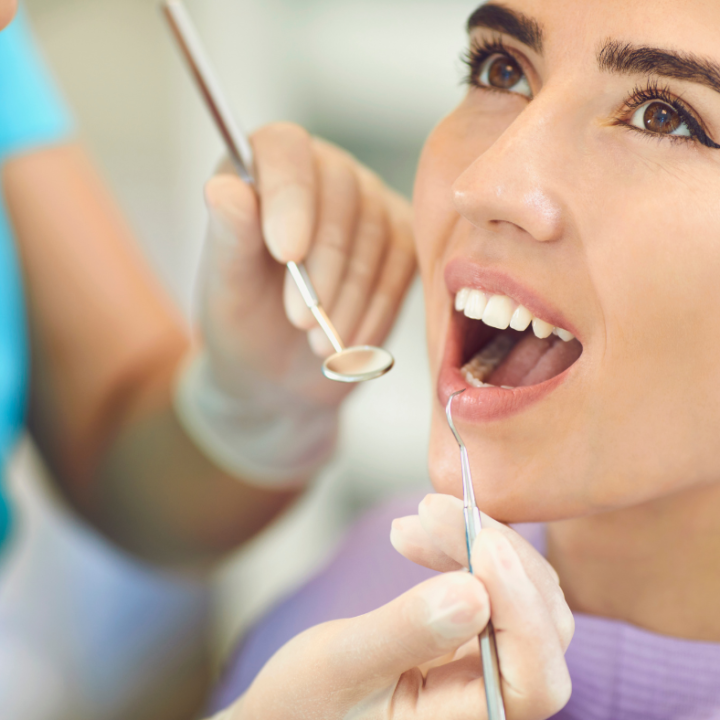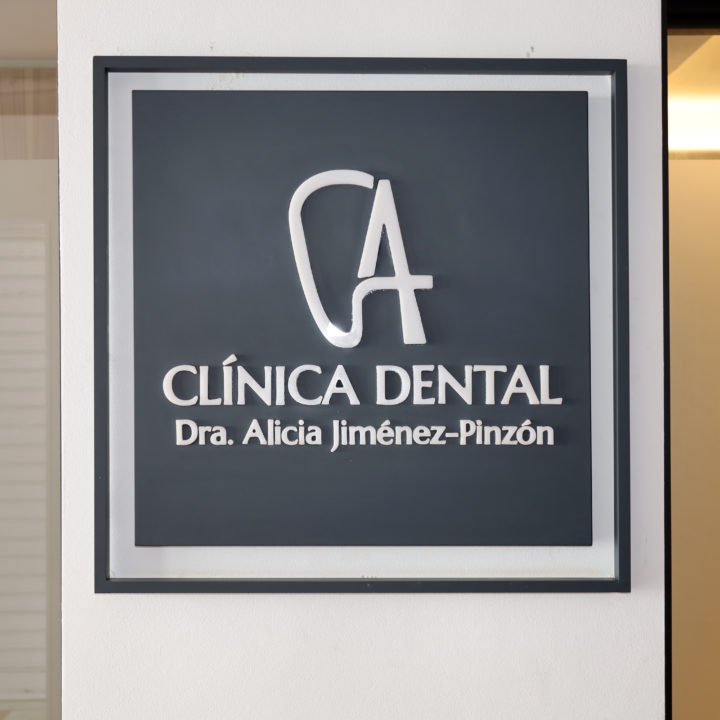Periodontics, what is it and how is it performed?

1. What is periodontics and why is it important?
-Definition of periodontics
Periodontics is the branch of dentistry that specializes in the diagnosis, treatment and prevention of diseases that affect the supporting tissues of the teeth, mainly gingivitis and periodontitis.
Keeping these tissues in good condition is essential to maintain oral health.
-Consequences of poor periodontal health, such as gingivitis and periodontitis
Gingivitis is a reversible inflammation of the gums and is usually caused by an excess of bacteria and incorrect oral hygiene.
If it is not treated, it can lead to periodontitis, which is a disease that can lead to the loss of supporting tissues, and consequently the loss of the tooth.
-Importance of treating and preventing periodontal diseases
The integral health of each one begins with optimal oral health. A healthy mouth is closely related to general health.
Untreated periodontal diseases can lead to more serious health problems such as heart disease or diabetes.
2.Risk factors for periodontal diseases
1. Poor oral hygiene and the importance of brushing and flossing after each meal.

2. The impact of a poor diet on gum health affects their conservation as well as recovery from possible interventions.
3. Tobacco is a fundamental factor to avoid for good oral health and good health in general.
3.Periodontics and its relation to pregnancy
Maintaining good oral health is very important, especially during pregnancy. ¿Why is it so important?
Increased risk of pregnancy complications, such as preterm labor, low birth weight, or preeclampsia.

Increased systemic inflammation, causing a chronic inflammatory response in the body. This inflammation can interfere with normal fetal development.
Increased risk of premature birth.
Transmission of periodontal bacteria from mother to baby, which may increase the possibility that the newborn will develop periodontal disease in the future.
4.Symptom of periodontal diseases.
-Redness and inflammation
Gums affected by periodontal disease tend to appear red, swollen, and tender to the touch.
-Gum bleeding
Gums can bleed after brushing, flossing, or even spontaneously if affected by periodontal disease.

-Halitosis
This disease can cause chronic bad breath due to the accumulation of bacteria.
– Retraction of the gums
This can make teeth appear longer than normal and expose tooth roots.
-Dental mobility
In the more advanced stages of periodontal disease, the teeth can become displaced or loose, which can cause the loss of the piece.
5. Periodontal treatments
Depending on the level of advancement or severity of the periodontal disease, one method or another will be used.
-Professional dental cleaning
The hygienist or dentist performs a thorough cleaning of the teeth and gums, removing plaque and tartar build-up both on the surface and under the gums.
In mild cases this treatment may be sufficient.
-Root cleaning, scaling and root planing
Also known as curettage. It is performed when the disease is more advanced and consists of removing plaque and tartar accumulated under the gums in a deeper way.
This allows bacteria to be eliminated, promoting the healing of the gums.
– Periodontal surgery
This intervention is performed when it is necessary to correct defects in the supporting tissues of the teeth.
6.Tips for gum care.
✔ ️ Correct hygiene with brushing and flossing.
✔ ️ Healthy nutrition.
✔ ️ Avoid the use of tobacco.
✔ ️ Periodic reviews.




